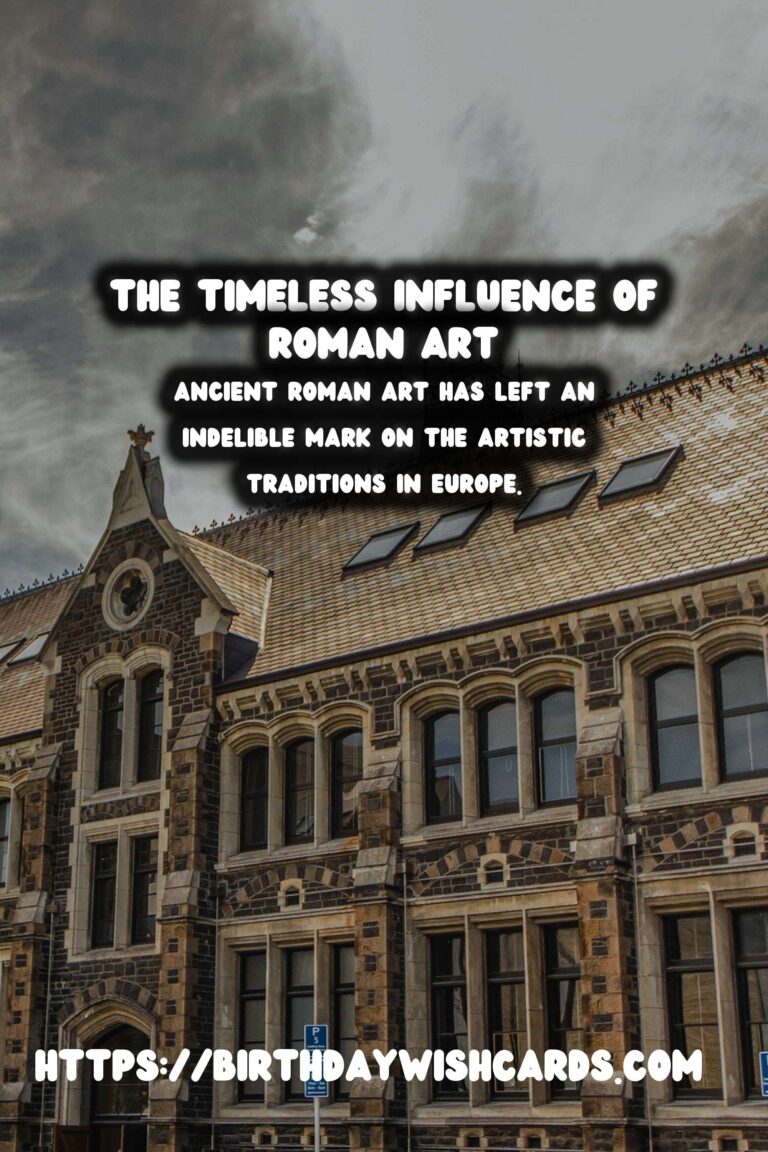
Ancient Roman art has left an indelible mark on the artistic traditions in Europe. From the exquisite sculptures to the grandiose architecture, Roman art laid the foundation for the evolution of artistic styles that followed. Understanding this impact requires an exploration into the intricacies of Roman art itself and its translation through centuries.
Historical Overview of Ancient Roman Art
Ancient Roman art was heavily influenced by the Greeks. However, it developed its own distinct characteristics by integrating Etruscan elements and adapting styles to suit Roman tastes and functions. This fusion led to artworks that were not only beautiful but functional, conveying power and grandeur.
Sculptural Innovations
The Romans excelled in sculpture, often seen in their realistic portraiture that captured the individual characteristics of subjects. This was a departure from the idealized depictions of Greek predecessors, introducing a level of realism that carried into the Renaissance and beyond.
Another significant contribution was the depiction of historical narratives in relief sculptures. These detailed expressions can be seen in structures like the Column of Trajan, which vividly portrays Roman military victories and influenced narrative art in later periods.
Architectural Marvels and Their Legacy
Roman architecture, with its revolutionary use of the arch, vault, and concrete, allowed for the construction of massive structures. The Pantheon, with its imposing dome, remains a marvel of engineering and aesthetics, inspiring structures such as the Florence Cathedral and St. Peter’s Basilica.
Mosaic and Fresco Techniques
Romans were also pioneers in mosaic and fresco techniques, decorating villas and public buildings with intricate designs. This form of art was significant during the Roman period and continued to influence medieval art, contributing to the development of intricate illuminated manuscripts and gothic stained glass.
The Rebirth of Roman Art in the Renaissance
The Renaissance marked a period of renewed interest in the art and philosophies of antiquity. Artists like Michelangelo and Raphael were directly inspired by Roman sculptures and architectural ruins, leading to a rebirth in classical art values and aesthetics.
The adoption and adaptation of Roman elements are evident in the Renaissance’s emphasis on symmetry, proportion, and perspective, fundamentally shaping the visual arts in Europe.
Conclusion: A Timeless Influence
The art of ancient Rome provided a foundation that educated, inspired, and guided the art in Europe for centuries. The techniques, styles, and innovations of Roman artists were absorbed and reimagined through the ages, affirming the timelessness and enduring influence of Roman artistic expression.
Ancient Roman art has left an indelible mark on the artistic traditions in Europe. The art of ancient Rome provided a foundation that educated, inspired, and guided the art in Europe for centuries. 
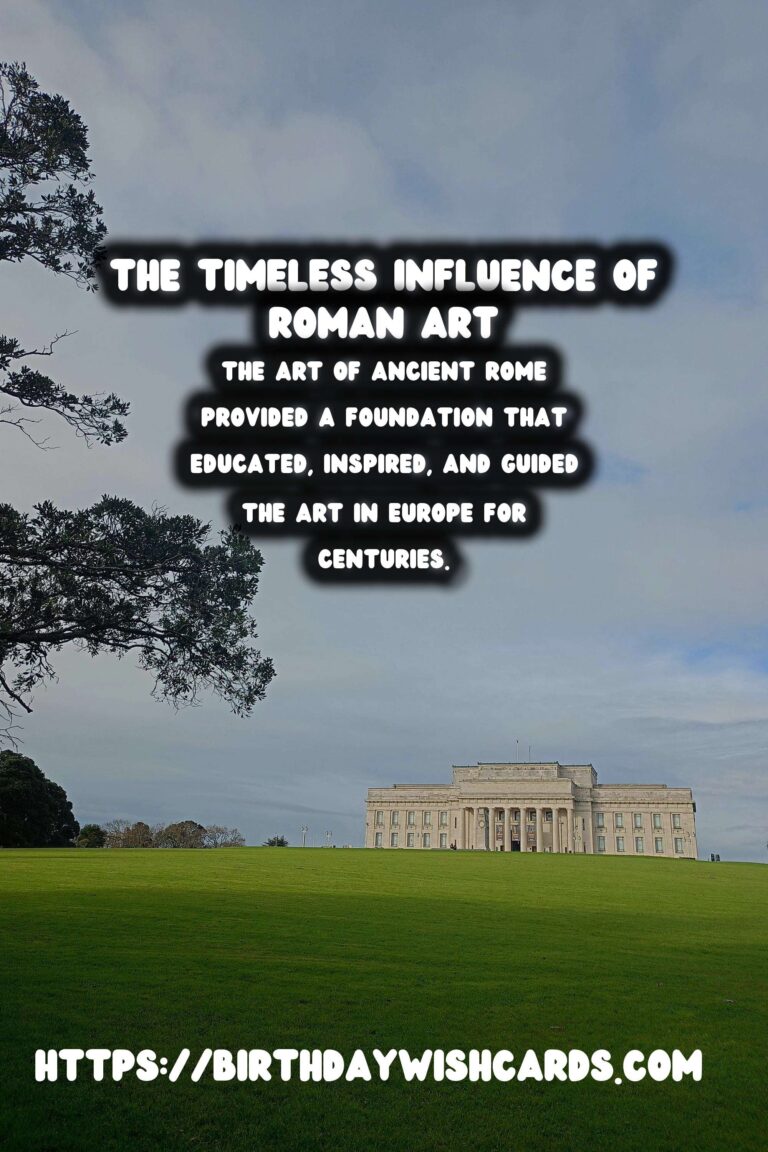
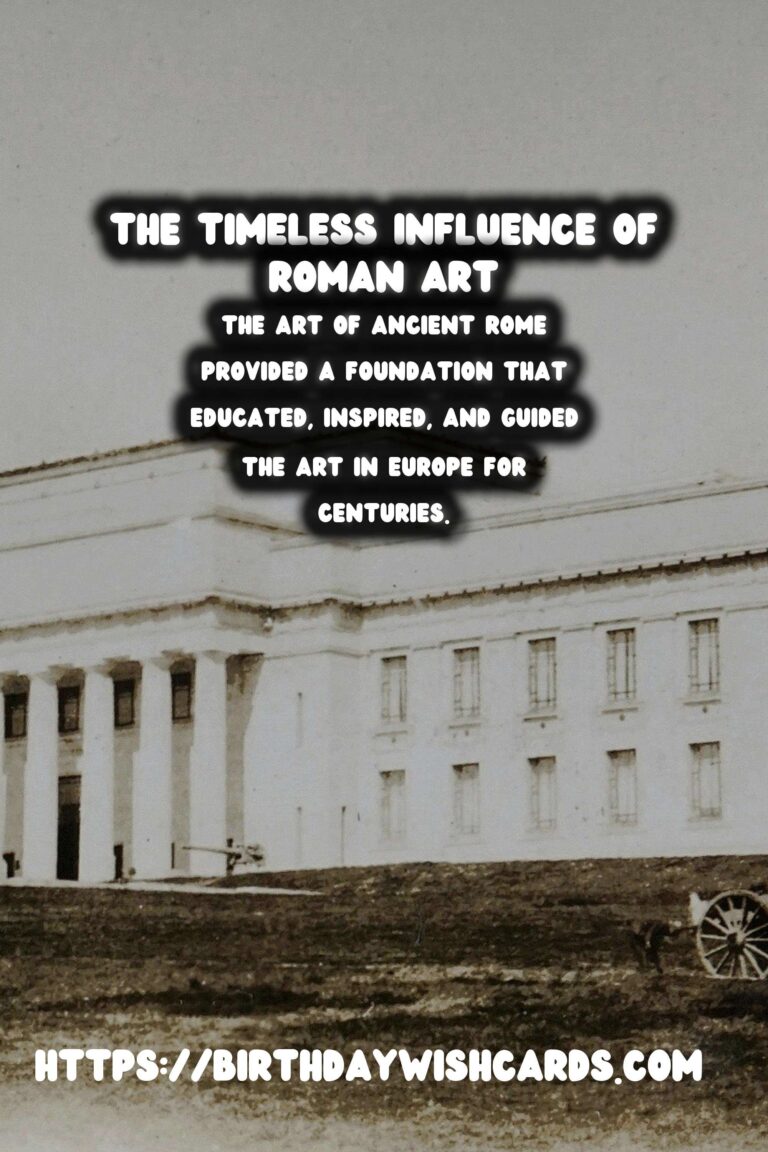
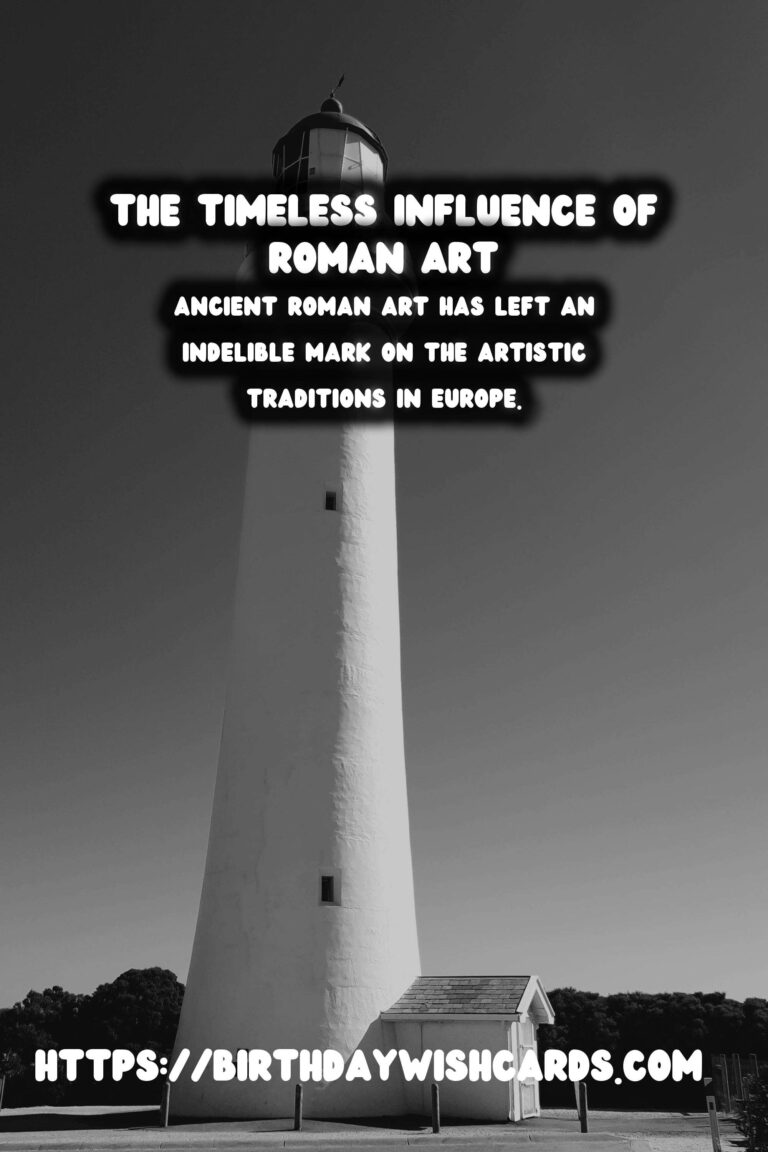
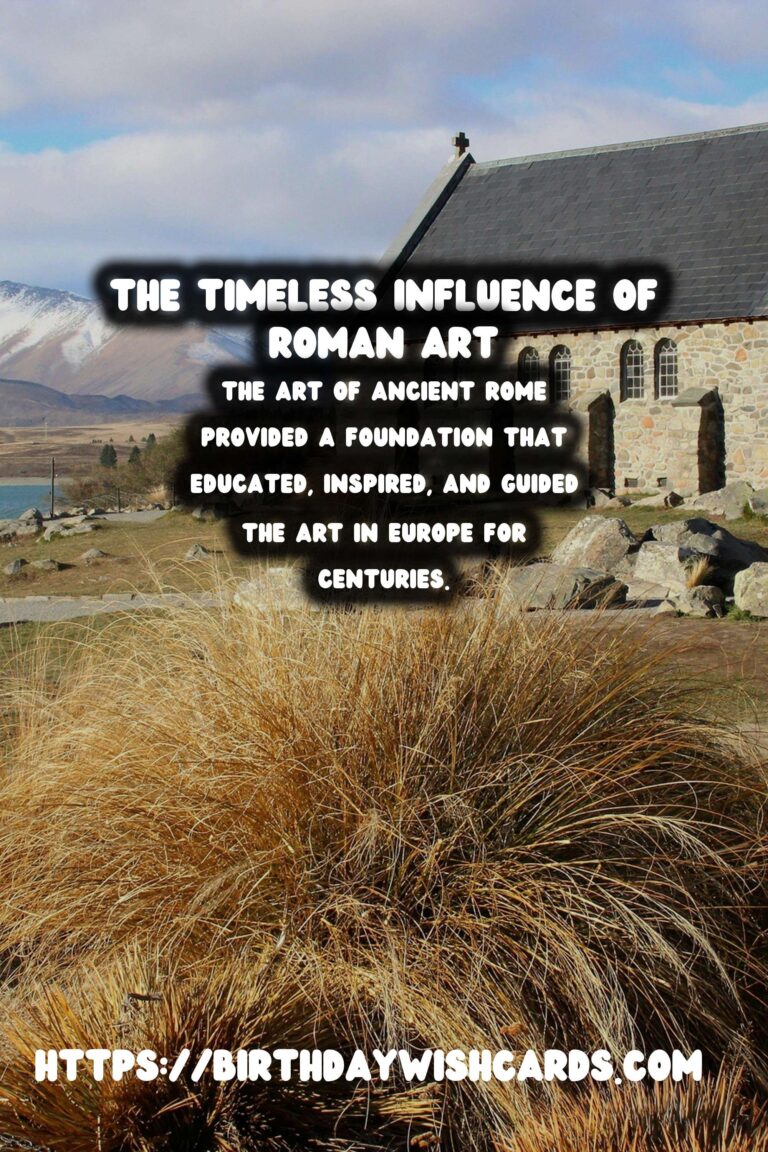
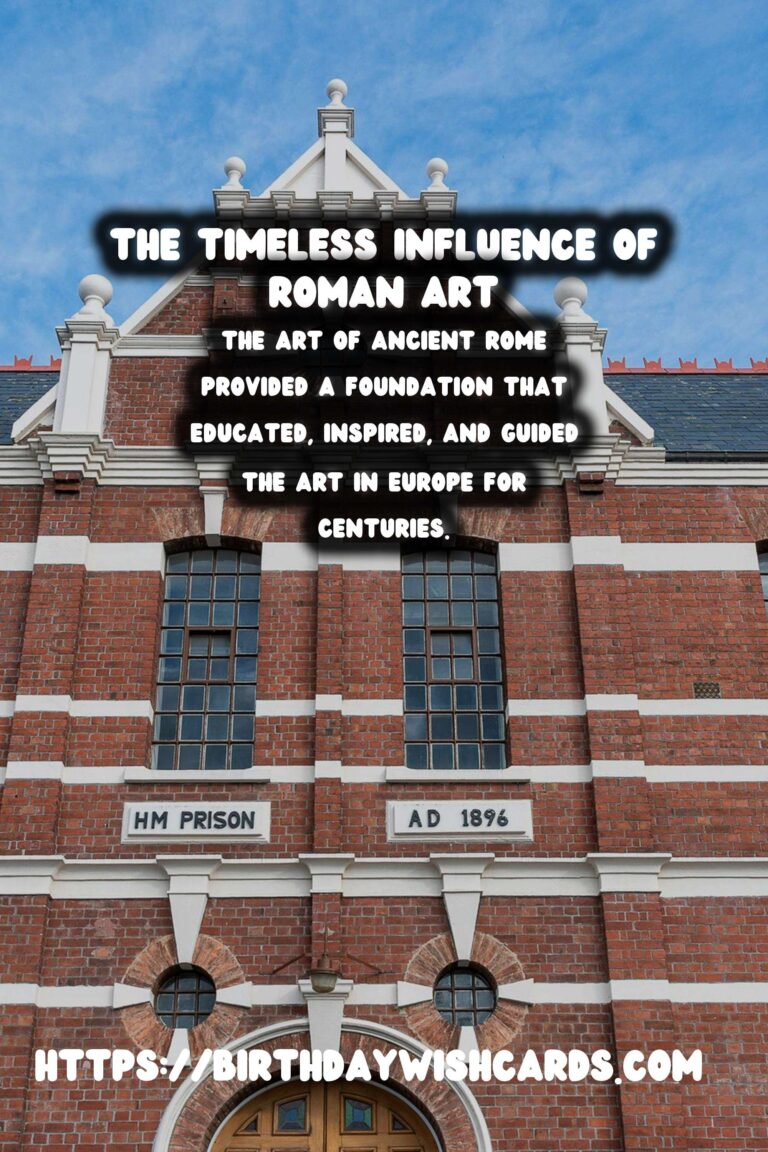
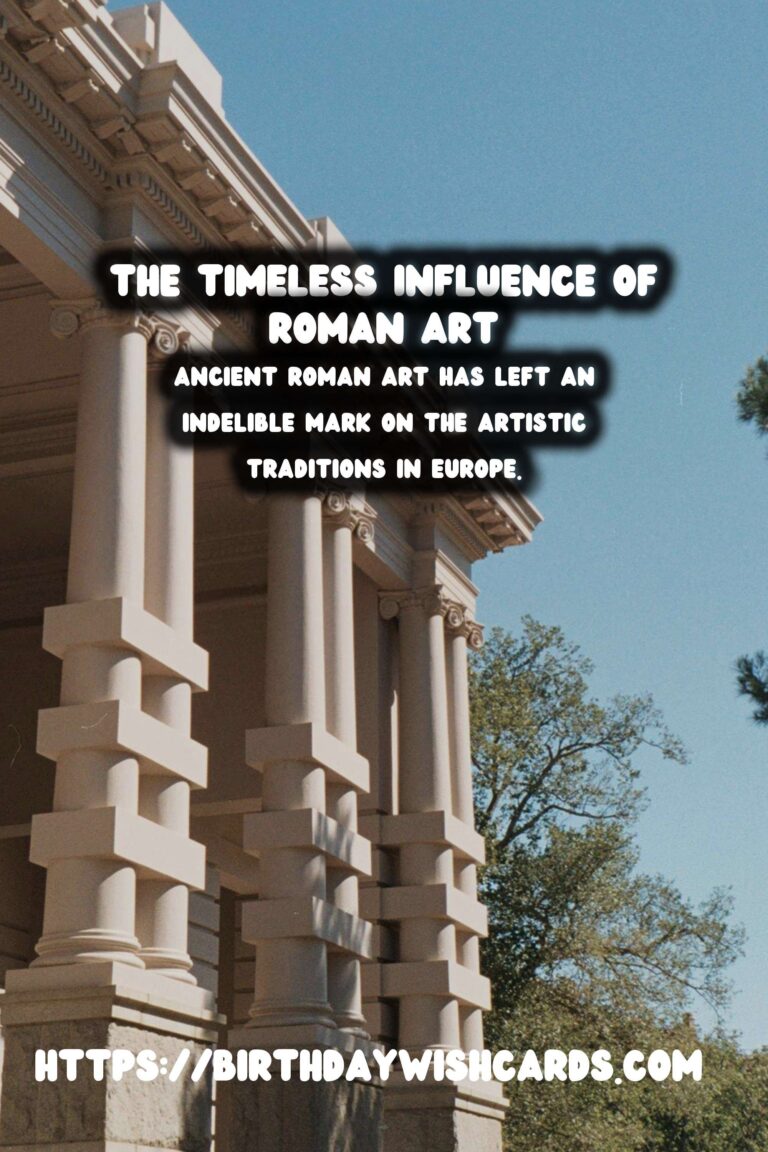
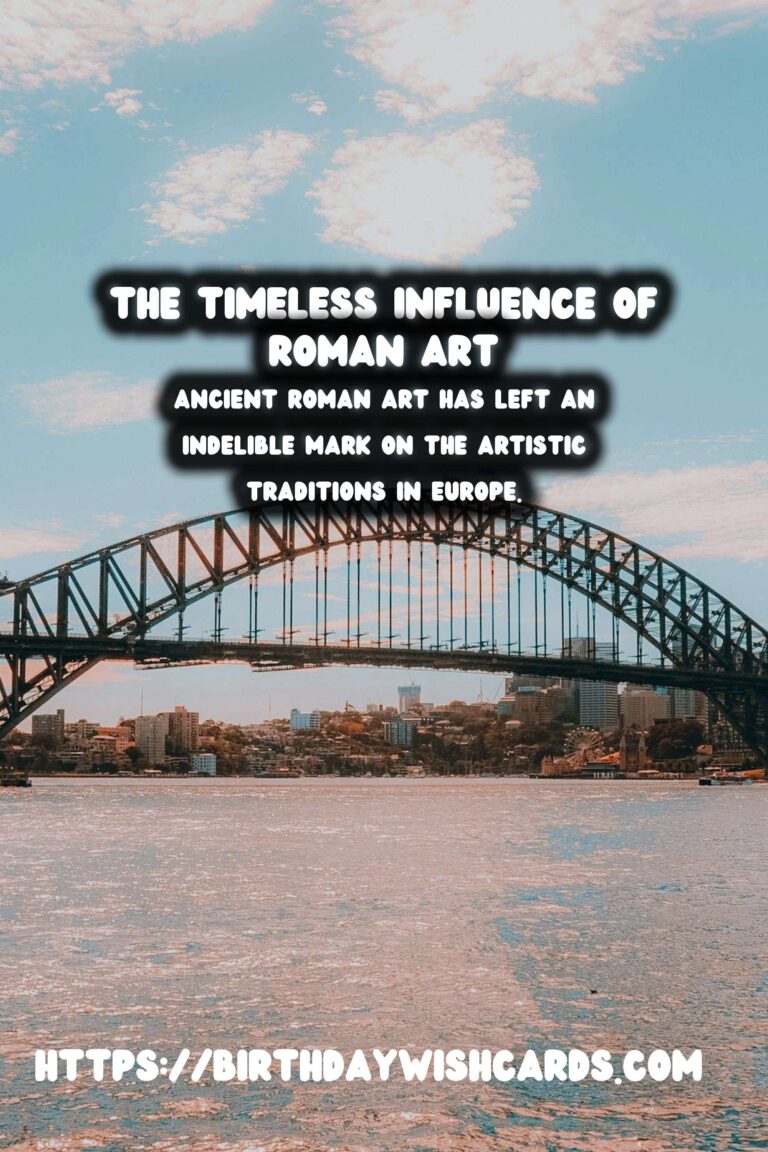
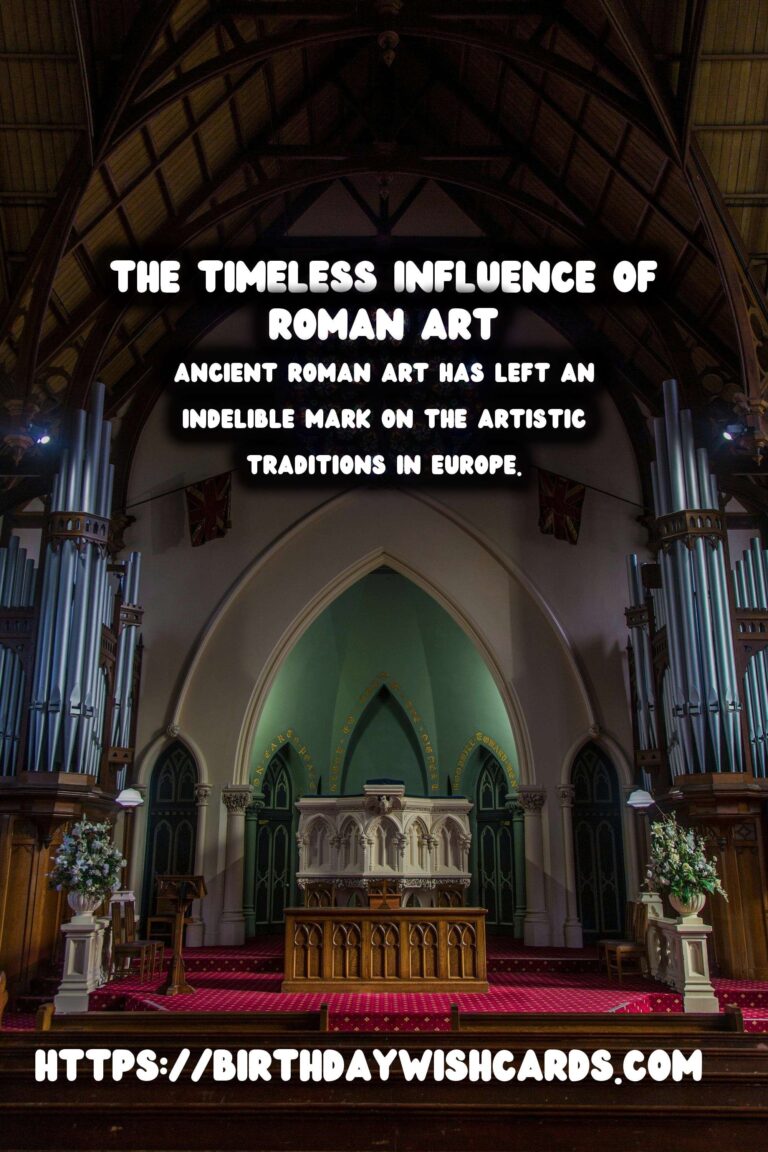
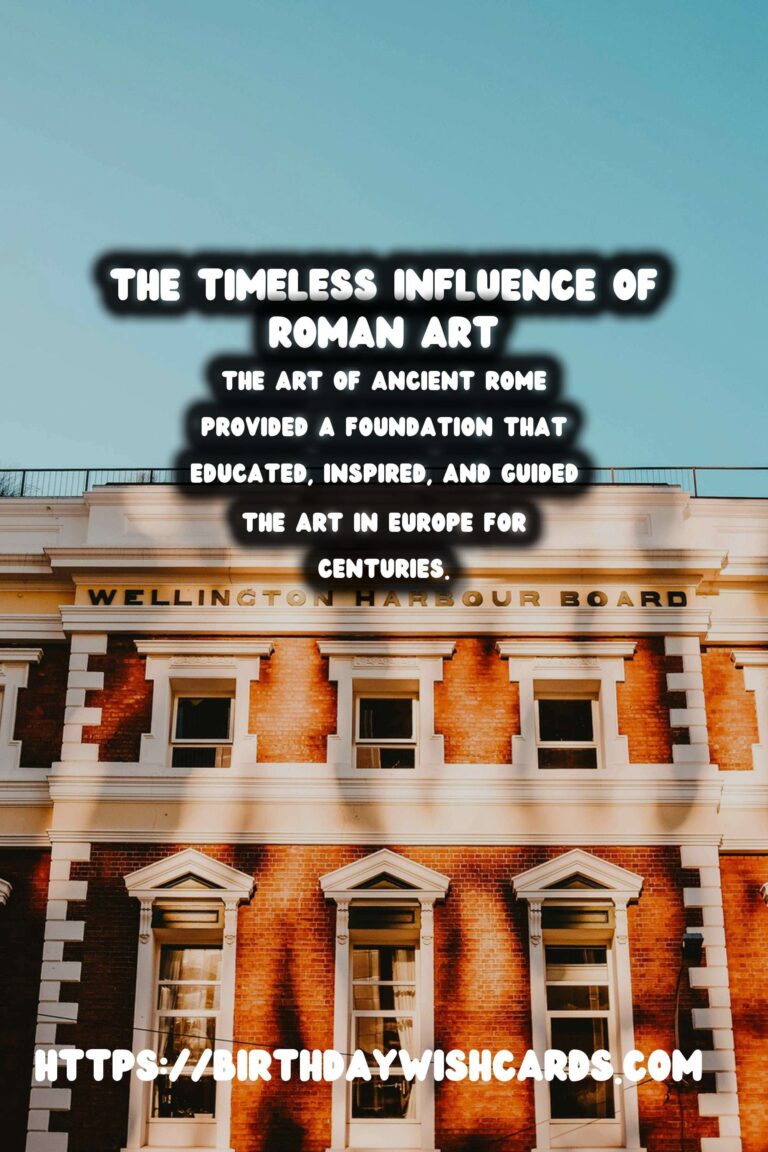
#RomanArt #EuropeanArt




